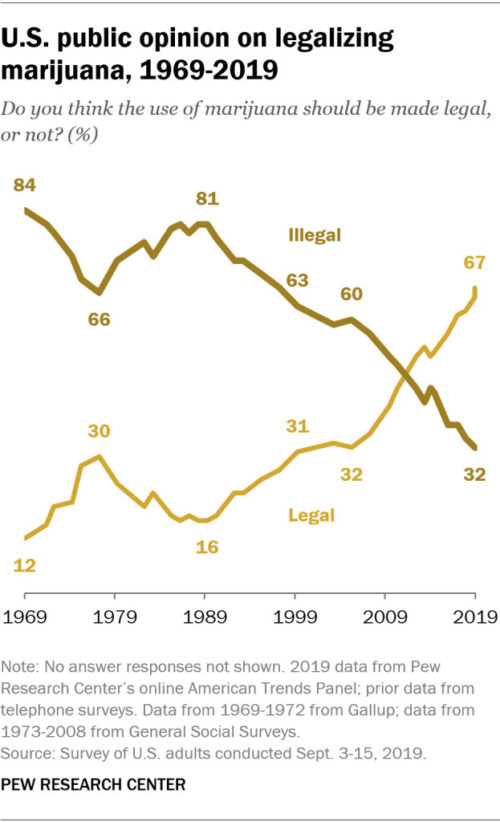The Reagan administration launched its drug war against Bolivian coca and cocaine production between 1980-2 with attacks meant to terrorize the Quechua-speaking people growing coca in Chapare. Bullets from aircraft penetrated the tin rooftops of Bolivian homes, killing women, children, and men inside. As was his style, Ronald Reagan’s war failed to stop coca production.
The coca growers, comprising male ‘cocoleros’ and women ‘cocoleras,’ sought protection from US funded paramilitaries and death squads by sleeping in the jungles. They formed a growers’ union (sindicato) using sindicato-funded FM and shortwave radios to organize and protect coca growers from non-sindicato sources of information. The union flexed its coca political muscle to arrange an agreement with the Bolivian government that distinctly clarified the national laws: coca was to be legal and its growers and coca plots were not to be harmed, while cocaine was made someone else’s problem. In his book, Coca Yes, Cocaine No (2019), Thomas Grisaffi summarizes the results:
The projection of the coca leaf as a symbol of national sovereignty, captured by the union’s call to arms, “Long live coca, death to Yankees,†served in part to tie national movements together to bring about the process that put [President] Evo Morales in power….
Morales and the MAS [Movimiento al Socialismo] never had to be explicit on coca’s relationship with cocaine: in the face of repressive policing, the promise was simply to end the war on drugs, to demilitarize the region, and to defend traditional coca leaf use…in 2013 the United Nations accepted the right to traditional coca consumption within Bolivian territory. [Kindle Edition pp. 20-21]. […]
Any cocalero or cocalera will explain that U.S.-led efforts had absolutely nothing to do with tackling the illicit drug trade, but rather were about obliterating organized peasant resistance to the neoliberal development model. In a 2006 interview, Doña Apolonia Bustamante, a leader in her mid-forties, put it this way: “The United States, they want to snuff out oppositional movements that don’t fit with their vision. They saw that we were unionized. They were scared about a powerful social movement here in the Tropics. And so they thought about it, and they decided to do away with the organizations, and that is why they attacked us repeatedly.†She went on to explain how the focus had previously been the fight against communism, “but today it’s the war on drugs.†[…]
“Behind the war on drugs there are other interests. Interests in natural resources, and in dismantling the unions of the Chapare.†He went on to explain that the aim was to move peasant farmers off the land so that transnational companies could take control and employ them as a cheap labor force. [Kindle Edition, p. 43].
Today, thirty percent of Bolivians chew coca, including some middle class professionals, while coca remains a part of traditions thousands of years old. Coca increases the intake of oxygen in the lungs making it useful for altitude adaptations. In Cusco, Peru, coca tea is served to tourists for altitude sickness. Pope Francis, who’s had only one lung since an operation for a teenage lung infection, requested coca leaves on a visit to South America. Coca leaves can now be ordered served on silver trays in elite establishments in Argentina. Meanwhile, sindicato strategies against US interference have been adopted by resistance movements throughout the world. Given an impenetrable source of coca leaves, and with drug enforcement restricted to cocaine, prohibitionists may have found their holy grail—a drug war without end.
Thomas Grisaffi cites another possibility besides perpetual drug war: legalize coca leaves internationally so consumers can choose between cocaine and legal coca with its “vitamins, calcium, iron, fiber, protein, and calories.†Bolivians might have easy access to cocaine, but they prefer chewing coca. Survival of Bolivia’s traditions and transitions through decades of US drug war and propaganda suggests decriminalizing or legalizing coca leaves could cut deeply enough into cocaine markets to make cocaine wars obsolete.


